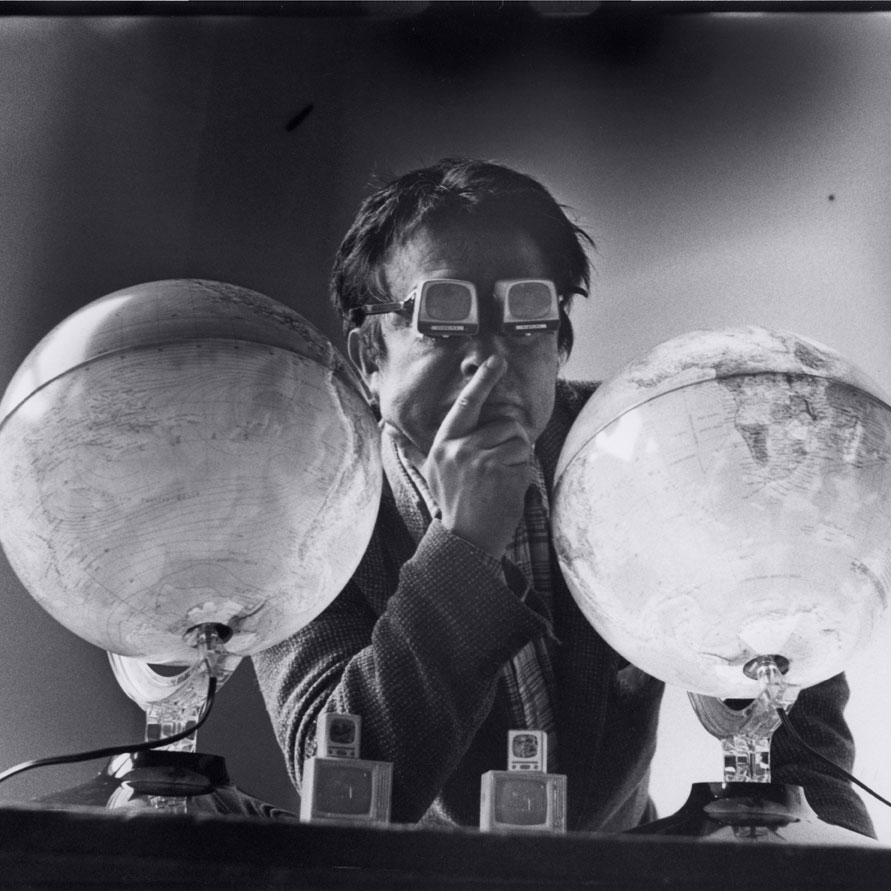Global Groove
In a context of increasing globalization, Paik offers a TV show called Global Groove (1974), which refers to the concept of “global village” (global village) and responds to the optimism of Marshall McLuhan on the contribution of television. Paik mixes various music programs alternating rock, avant-garde, classical music, ethnic music, poetry and advertisements. The role of the artist is with live broadcast, to facilitate encounters between cultures, “allow to listen to their unexpected dialogue “. Global Groove anticipates two television practices: zapping and the increasing importance of music (for Nam June Paik, rock – whose importance on can recognize in the works of the artist – is the only body language that unites generations). With some humour, Global Groove immerses the viewer in a frantic world, whose rhythm emphasizes a mastery of composition that recalls the musical training of the artist. Programming and the unique and innovative aesthetics of Nam June Paik are a model for television, a media which he had nevertheless opposed to the video art of which he is a leading pioneer.
Production : Nam June Paik – Archives Vidéographies
Nam June Paik
Nam June Paik (born in Seoul in 1932 and died in Miami in 2006) is a Korean artist who is considered to be the founder of video art. Trained musician, he studied piano and a thesis on Arnold Schönberg. He arrived in Europe in 1956 to work electroacoustic music with Karlheinz Stockhausen. He rapidly approached the informal group Fluxus and John Cage who became his master. In 1964, Paik gave up music and went to New York where he approached the founder of Fluxus, George Maciunas (1931- 1978) and then to Japan where he invented, with the engineer Shuya Abe, one of the first video synthesizers (1969 -1970). This instrument allows to color and distort the camera images, edit them by producing noise interference. Paik’s work on electronics goes in all directions with a penchant for provocation and “cultural terrorism.” Paik moved to sculpture, always associated with video, earning him the nickname “the Pope of video”.

